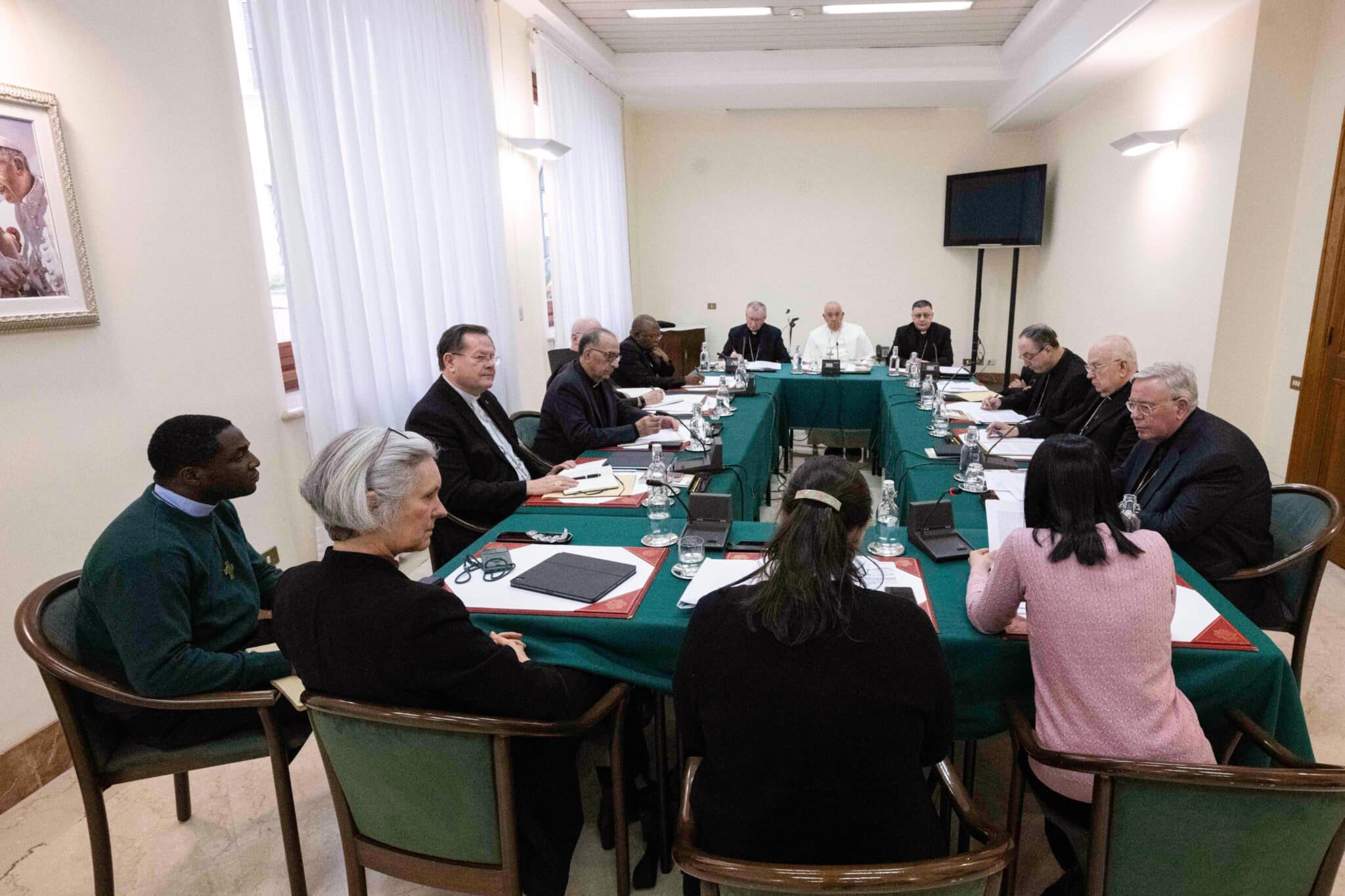Of course, all in heaven are saints because of their union with God. But, from the beginning, the Church has proclaimed certain women and men as official saints because their lives give us powerful examples of God’s goodness as revealed not just in Scripture, but in the lives of people who walked this earth.
In the early centuries, almost all the saints were martyrs—those who died through seven long persecutions in the first 300 years. But, in time, many persons with a variety of backgrounds have been canonized. Here is just a sample of those we remember in the month of October.
October 1: Thérèse of Lisieux (1873-1897)
St. Thérèse entered the Carmelite monastery at the age of 15. She died at the age of 24. She never left the convent, but is the patron saint of missionaries because of her constant prayers for them. When Thérèse died, her sisters wondered what they could say about her. Yet her simple autobiography, Story of a Soul, has been considered a classic in understanding the simplicity of the spiritual life. This great saint is also a Doctor of the Church.
October 4: Francis of Assisi (1182-1226)
St. Francis’ simple life brought about spiritual renewal in the whole Catholic world. He is probably the best-known saint around the world, and there is something about his life that attracts even non-believers. Time magazine recently named the 100 most significant people in history. Among them were Jesus, of course, but also St. Teresa of Calcutta and Francis of Assisi.
October 11: John XXIII (1881-1963)
Pope John XXIII, who was elected following Pius XII’s death, was considered an “interim pope” because of his advanced age. But far from holding to the status quo, John called for the Second Vatican Council against the advice of many in the Vatican. He wanted the windows of the Church to be opened for fresh air to be brought in, and for the Church to be updated to meet the needs of the 20th century and beyond.
From the Second Vatican Council came the key documents regarding the nature of the Church, the liturgy, and ecumenism. John wanted to be a good pastor: his writings emphasized world peace, social justice, and human rights. It was said that when John XXIII died, the whole world mourned.
October 15: Teresa of Avila (1515 -1582)
This saint was a mystic and a reformer of her 16th-century Carmelite order. She was a woman of prayer, discipline, and compassion. Her ongoing conversion was a struggle, as was what she considered her own mediocrity, frequent illnesses, and opposition to her desire to reform her order. Teresa’s two key writings are The Way of Perfection and The Interior Castle. Both have led untold numbers of believers to a deeper relationship with God.
October 17: Ignatius of Antioch (d. 107?)
Ignatius was a convert to Christianity, became bishop of Antioch, and was a staunch defender of the faith. He was known for his seven letters defending the Church and arguing strongly against heresies. He was martyred in Rome around 107. He was also the first one to attach the term catholic (universal) to the early Christian Church, describing the reality of its worldwide growth.
All Had a Love for God
They are all saints—these men and women. Each of them lived hundreds of years apart, and each one differed in temperament and personality. What was the common element for all? Their love for God and their seeking to live out his will within the circumstances of their lives.








